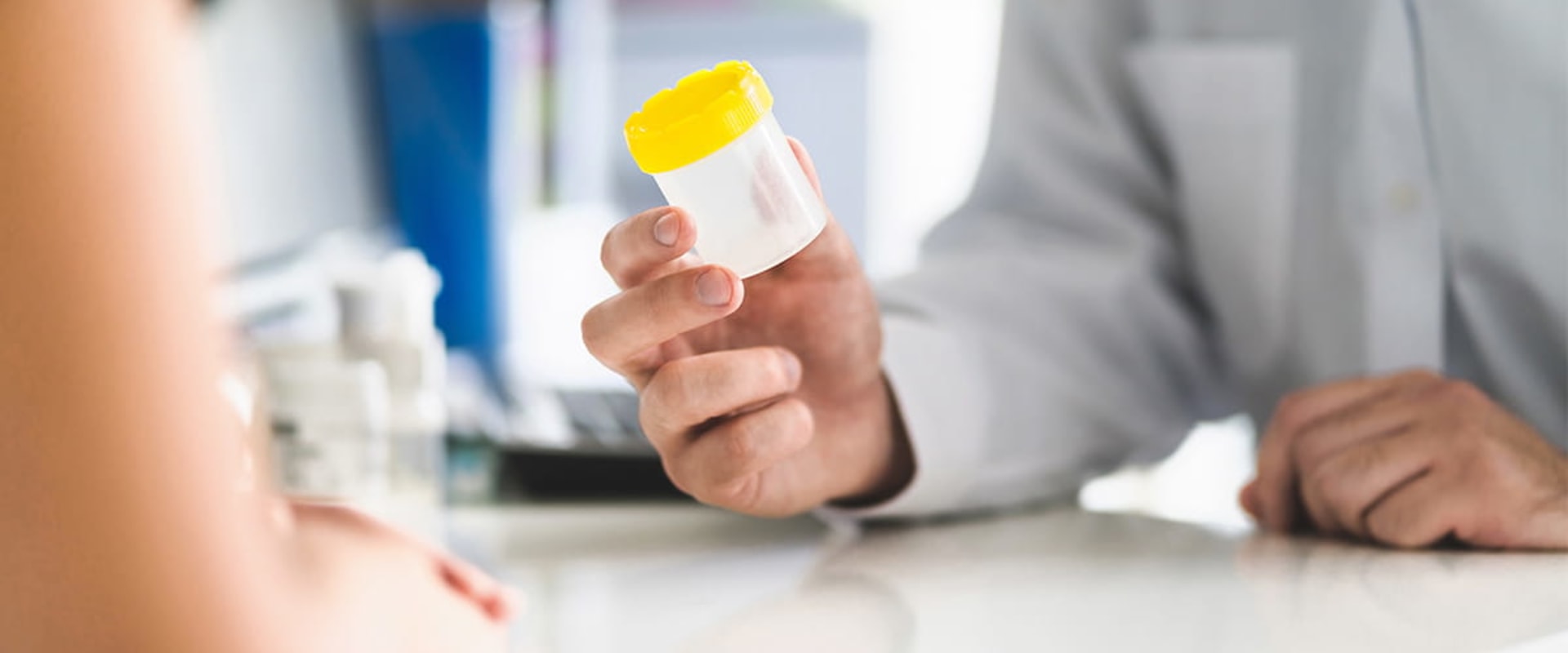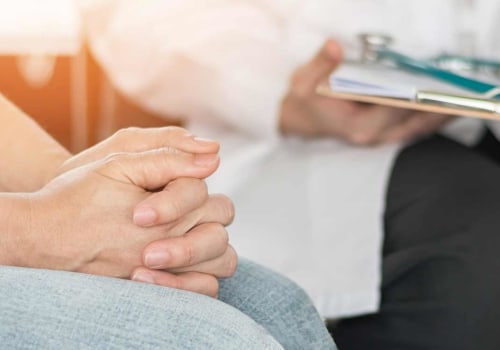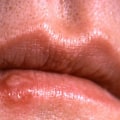Not everyone experiences symptoms of a sexually transmitted disease (STD), but those who do usually find that they last for 1 to 2 weeks. After the symptoms have gone away, it is possible that you may not experience any further symptoms for many years, even if the infection remains in your body. Non-viral STDs, such as chlamydia and gonorrhea, can be cured with the right treatment. However, these infections often have no symptoms or the symptoms may come and go, making it appear as if the infection has gone away when it has not. It is not possible to know your STD status without getting tested, and it is not possible to self-diagnose an STD based on symptoms and then assume that the infection has been cured when the symptoms have gone away.
Getting tested can reveal any underlying issues and provide a path to treatment. For most people, human papillomavirus (HPV) and hepatitis B will eventually go away on their own. Yes, chlamydia can be cured with the right treatment. It is important to take all of the medicines prescribed by your healthcare provider in order to cure the infection. Do not share your chlamydia medication with anyone else.
When taken correctly, it will stop the infection and may reduce your chances of experiencing any further problems in the future. Although medicines can stop the infection, they cannot repair any permanent damage caused by the disease. Men can get trichomoniasis, but they usually have no symptoms and are not tested for trichomoniasis as part of routine STD screening. Trichomoniasis is the most common curable STD in the United States, with an estimated 3.7 million Americans infected at any given time, 70 percent of whom have no symptoms.







